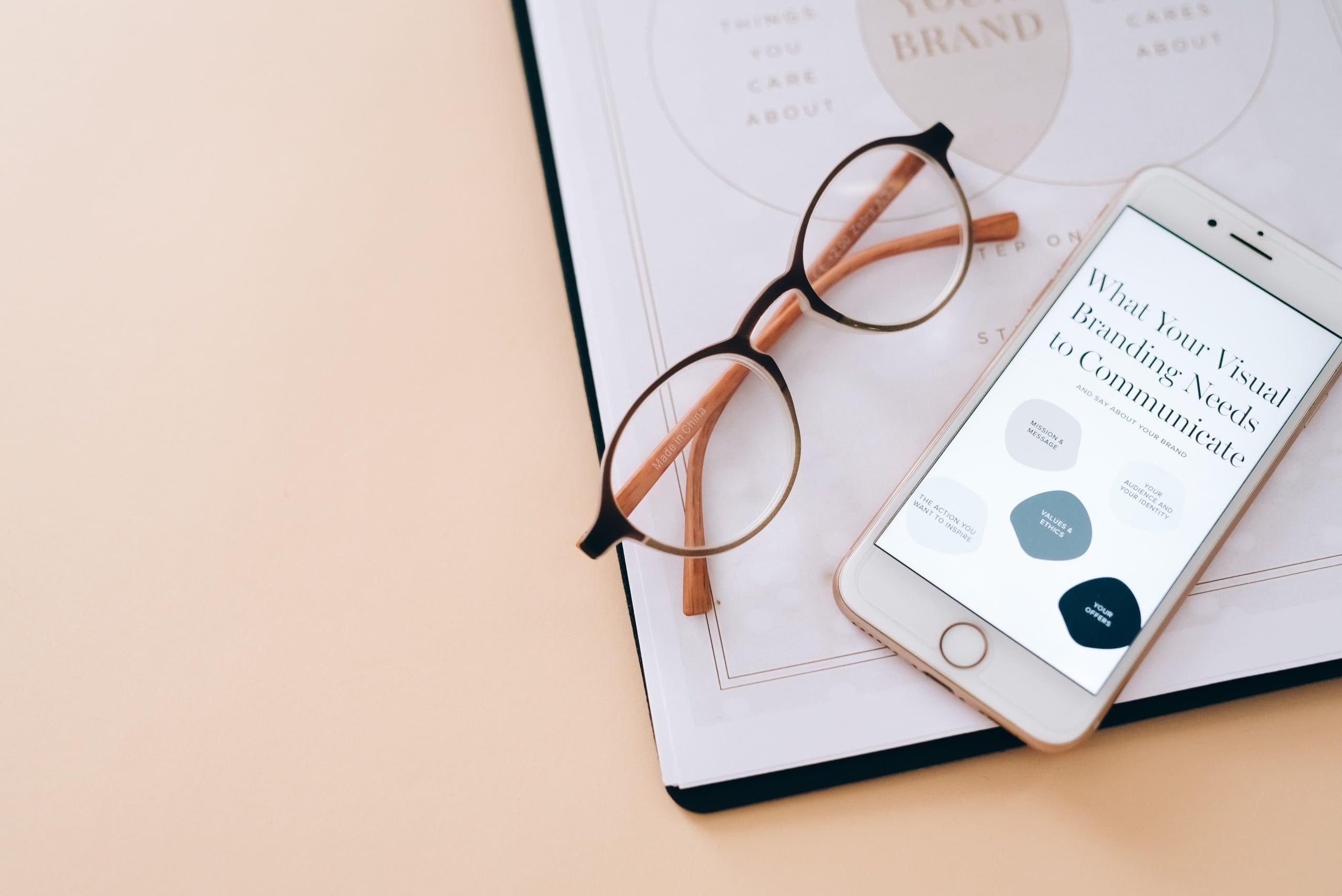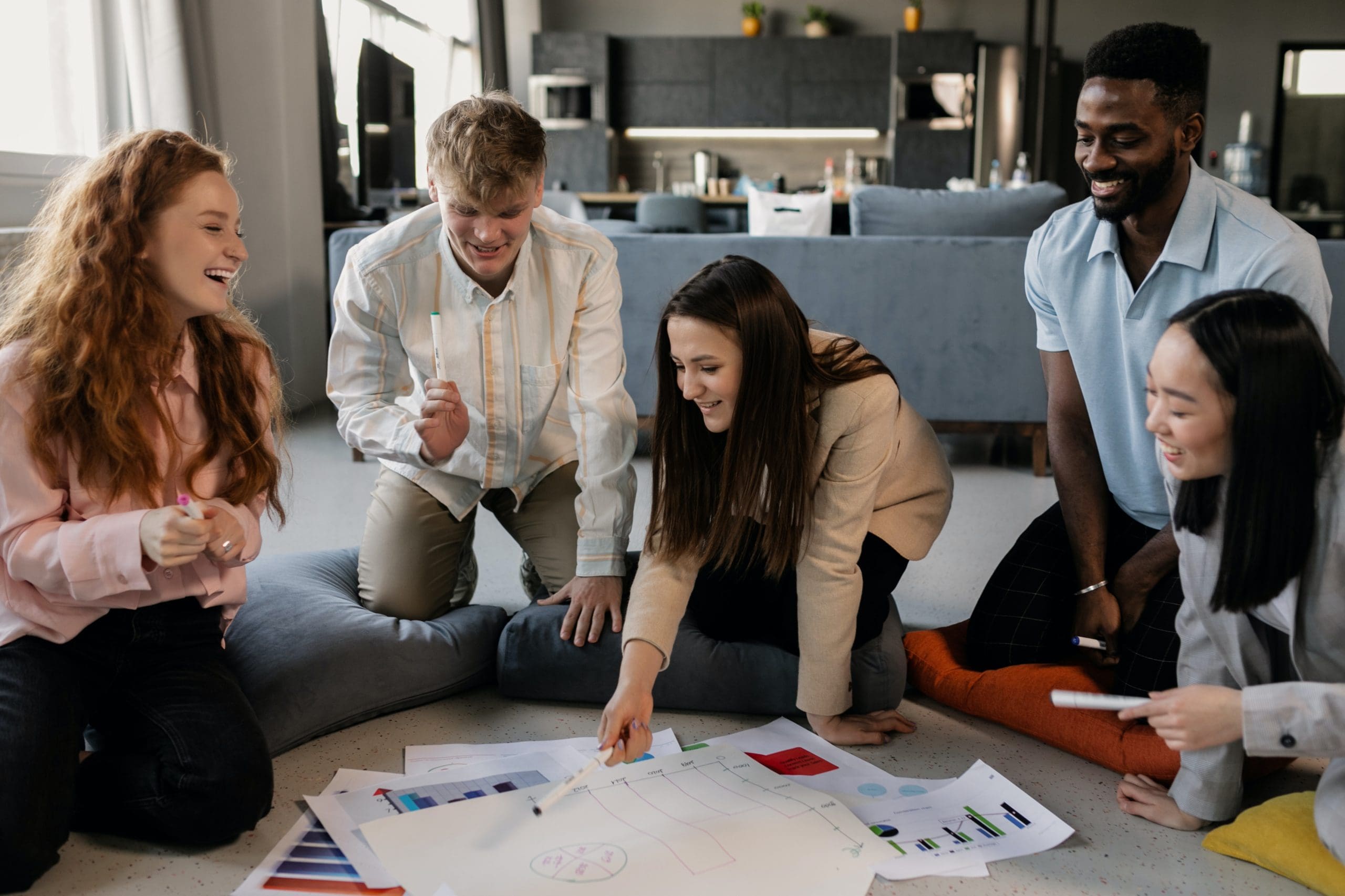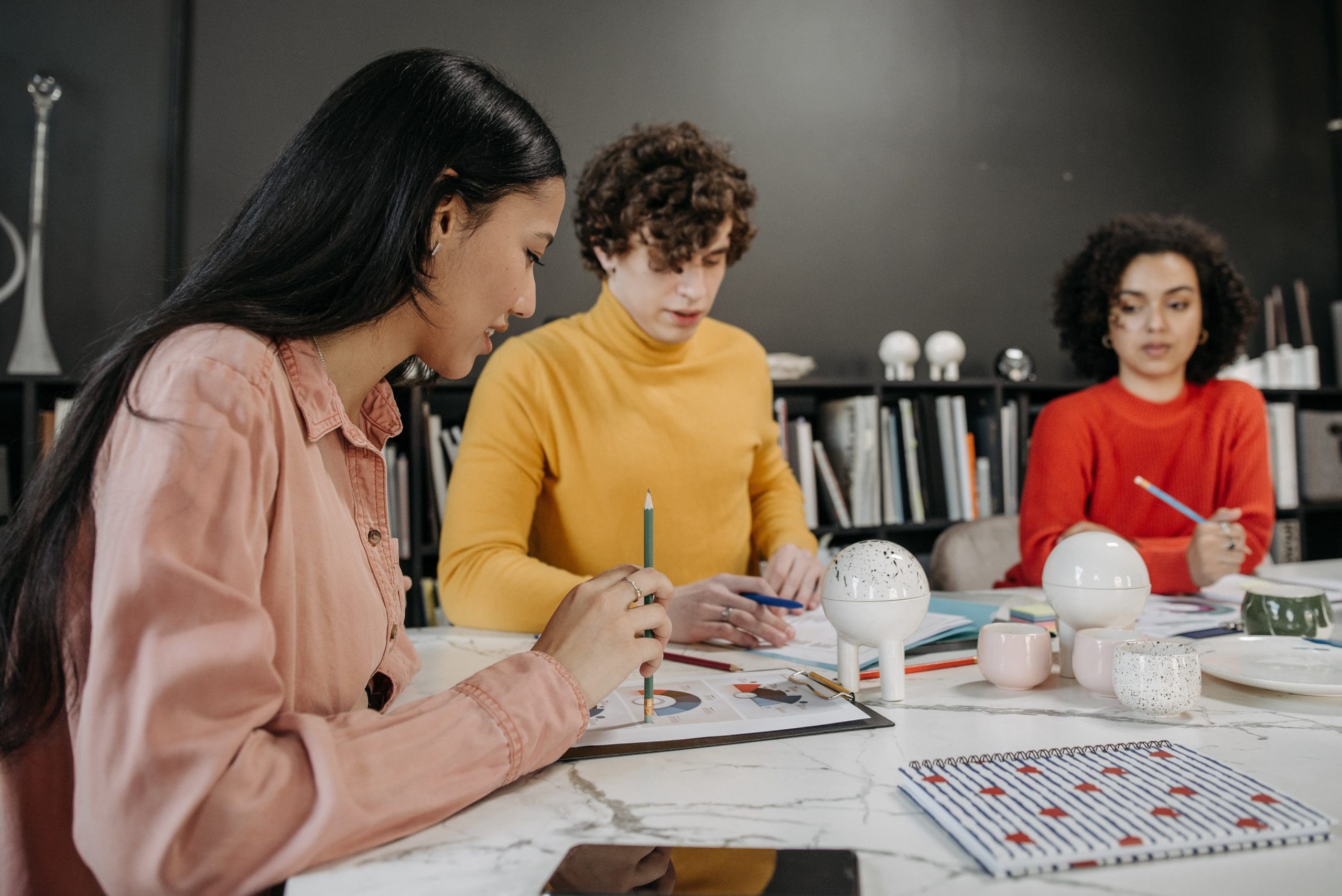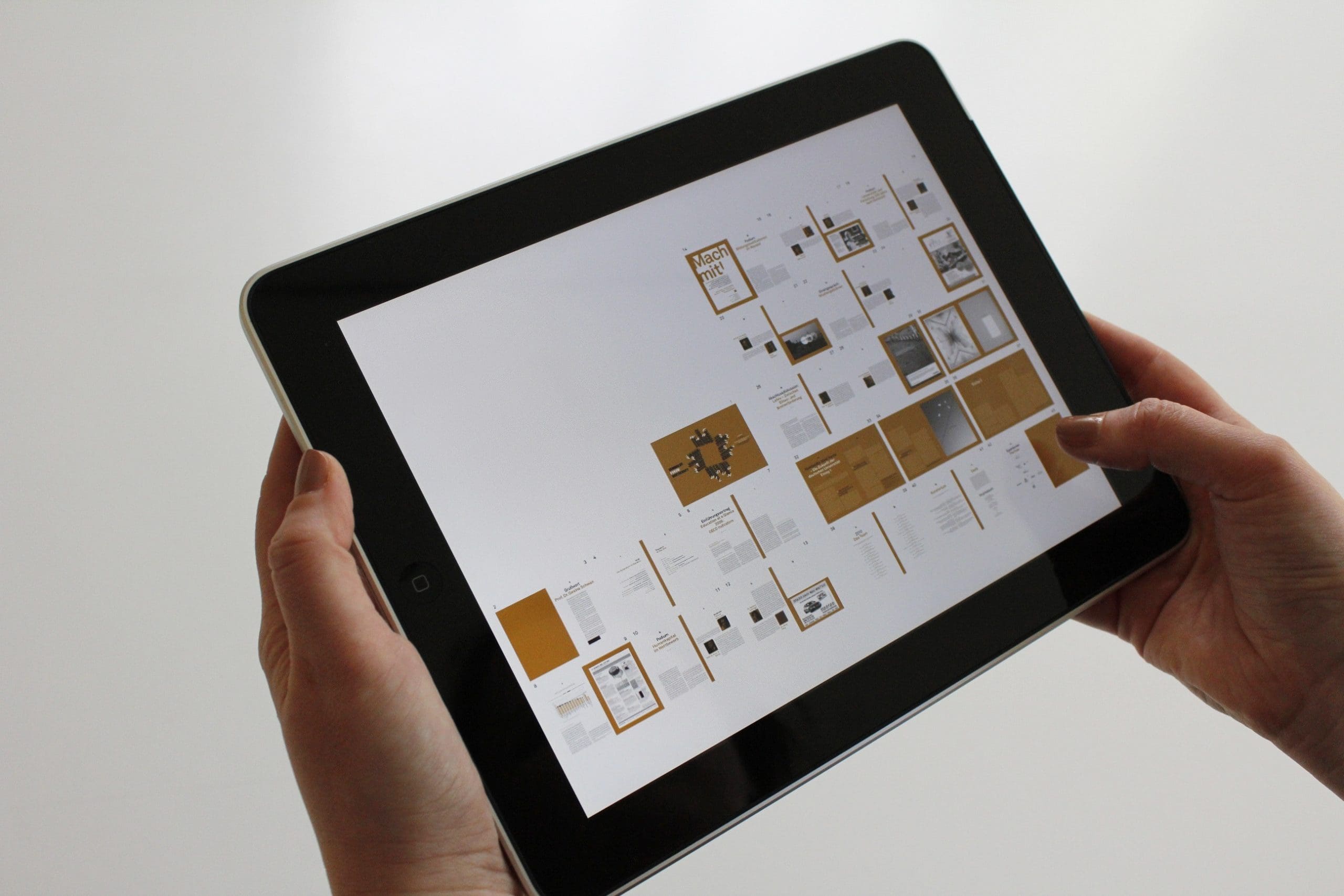The Synergy of Marketing and Photography in the Events Industry
The Power Duo
In the dynamic world of event coordination, the role of marketing and photography has evolved significantly, redefining the way events are planned, promoted, and remembered! Whether it’s a fancy corporate conference, a dreamy wedding, or a wild music festival, these dynamic duos are here to make events epic.
The Aleit Academy believes that this relationship is a super important one and therefore always incorporate industry professional workshops into the Diploma course to ensure students learn these skills before they enter the job market. This includes workshops in social media, CANVA design, cell phone photography as well as photography workshops.
Buckle up and get ready as we dive into this blog post, where we will explore the indispensable relationship between marketing and photography in the events industry, and why harnessing their power is crucial for creating unforgettable experiences.

1. Pre-Event Marketing: Building the Hype
Marketing plays a pivotal role in building anticipation and generating buzz before an event. It enables event organizers to reach their target audience, create awareness, and communicate the unique value proposition of the event. By utilising various marketing channels such as social media, email campaigns, influencers, your website and online advertisements, event planners can engage potential attendees, drive ticket sales, and establish a strong brand presence. Want to take it to the next level? Throw in some teaser campaigns, exclusive promotions, and contests to make people feel like they’re part of something truly extraordinary!

2. Visual Storytelling: Capturing the Magic
Lights, camera, action! Photography (as well as videography) is an art that holds the power to convey emotions, capture precious moments, and narrate stories. Don’t just think cameras with big lenses, think cell phones and their amazing capabilities and features that can also capture beautiful images. They freeze time and encapsulate the essence and energy of your event. Every smile, every dance move, every sparkling detail—they catch it all. These visual storytellers create a powerful narrative that elevates your event and doubles as a promotional masterpiece for future functions. These stunning visuals can excite potential attendees and ‘sell’ why your event is where they would like to spend their time. Although professional photographs work much better to convey the message on Instagram and Facebook, cell phone videos work fantastic as they can be compiled in a magical storyboard/ reel that can be shared on social media platforms.

3. Creating an Experiential Journey: Let the Adventure Begin!
By combining marketing and photography, event organizers can create an experiential journey for their attendees. With a killer marketing campaign that showcases eye-popping imagery, you give people a fun taste of what’s in store. Then, on the big day, your photography superheroes capture every incredible moment, allowing attendees to relive the experience over and over again. They can share those magical moments through social media and spread the event fever far and wide. Oh, and don’t forget about those behind-the-scenes peeks, interviews with awesome speakers and performers, and highlights from previous events. They keep the adventure alive, building a sense of community and anticipation for the next epic gathering!

4. Social Media Amplification: Taking the Party Online
In today’s digital age, social media platforms have become integral to event marketing. It’s where conversations spark, excitement spreads, and events come to life. And guess what? Marketing and photography are the life of the online party! With their captivating visuals and engaging content, they take social media by storm. Those fantastic event photos become viral sensations, generating user-generated content and driving discussions. By using clever hashtags, mentions, and sharing options, you create a buzzing community that can’t stop talking about your event. Want to crank it up even more? Team up with influencers and social media ambassadors to unleash a social media frenzy that puts your event in the spotlight like never before!

5. Building Long-lasting Relationships: Memories that Last
It’s not only about the event day—it’s about building relationships that go the distance. Marketing and photography work their magic here too! By sharing professional event photos with participants, you foster a sense of appreciation and create lasting memories. Those images become cherished keepsakes that attendees can look back on with a smile. And it doesn’t stop there! Sponsors and partners also benefit from the spotlight. Showcasing their involvement through high-quality visuals gives them a chance to shine and strengthens future collaborations. By keeping attendees, sponsors, and partners engaged through personalised marketing campaigns and sharing event highlights, you become an event legend, attracting loyal fans and creating unforgettable partnerships.

6. Measuring Success: Data to the Rescue!
The integration of marketing and photography enables event organizers to measure the success of their efforts more effectively. Every superhero needs a way to measure their success, right? Well, by tracking engagement metrics like website visits, social media impressions, ticket sales, and the reach of event photography, you can gain valuable insights into what worked and what can be improved. With this data in hand, you become a master of event planning and promotion. You can adapt to changing trends, refine your strategies, and make data-driven decisions for future events. It’s all about continuous improvement and delivering exceptional experiences that will have everyone talking!

How to create the perfect designs for your events
In addition to the synergy of marketing and photography, another crucial aspect of event coordination is the art of design. Thoughtful and visually appealing designs can significantly enhance the overall aesthetic and attendee experience, creating a cohesive and immersive atmosphere. Here are some key tips to help you create the perfect designs for your events:
1. Understand Your Event’s Theme and Purpose
Before diving into design elements, it is essential to have a clear understanding of your event’s theme, purpose, and target audience. Whether it’s a formal corporate conference or a whimsical wedding celebration, aligning your design choices with the essence of the event will ensure consistency and evoke the desired emotions. If the event has been held before, try to incorporate visual components of the previous event held.
2. Develop a Visual Identity
Create a unique visual identity for your event by designing a logo or selecting a colour palette that represents the event’s brand. This identity should be reflected in all event collateral, including signage, banners, brochures, and promotional materials. Consistency in design elements builds recognition and strengthens the event’s overall branding. If you are designing your visual identity for the event, also ensure to keep the brand you are designing these for in mind – fonts, colours and look is important factors.
3. Pay Attention to Typography
Typography plays a significant role in conveying the event’s tone and style. Choose fonts that align with the event’s theme, ensuring they are legible and visually appealing. Experiment with font sizes, spacing, and hierarchy to create a balanced and harmonious design that effectively communicates important information. Ensure you do not use more than two fonts on a design as it can become messy and illegible. Also ensure you make the text large enough for your target audience to immediately see the important details of the event.
4. Utilise Engaging Graphics
Incorporate engaging graphics to capture attention and communicate key messages effectively. Whether it’s through illustrations, infographics, or just striking photographs, visual elements can make complex information more digestible and visually appealing. Use graphics strategically to highlight event details, schedules, and featured speakers.
5. Optimise for Print and Digital
Consider the various mediums through which your designs will be showcased, including both print and digital platforms. Ensure that your designs are optimised for different formats, resolutions, and sizes. This will guarantee consistency and clarity across all channels, whether it’s printed banners, social media posts, or event websites.
6. Explore Design Platforms and Tools
In today’s digital age, there is an array of design platforms and tools available that can help event organisers bring their creative visions to life. Here are a few popular design platforms worth considering:
- Adobe Creative Suite: Adobe offers a suite of design software, including Photoshop, Illustrator, and InDesign, which are widely used by professionals in the industry. These powerful tools allow for intricate designs, photo editing, and layout creation.
- Canva: Canva is a user-friendly online design platform that offers a range of templates, graphics, and customization options. It’s a great option for those who may not have extensive design experience but still want to create professional-looking designs.
- Online Event Management Platforms: Some event management platforms, such as Eventbrite or Cvent, offer built-in design tools or integrations with design platforms. These tools allow event organisers to create event landing pages, email templates, and digital invitations within the platform itself.
When choosing a design platform, consider your specific design needs, skill level, and budget. Experiment with different platforms to find the one that best suits your requirements and allows you to unleash your creativity.
Remember, the choice of design platform should align with your event’s goals, the level of design expertise available, and the desired output. With the right design tools at your disposal, you can unleash your creativity and create visually stunning designs that amplify the impact of your events.

Conclusion: The Ultimate Event Powerhouse
And there you have it—the dynamic duo of marketing, photography and ultimately design in the events industry are the true heroes! They’re the ultimate tag team, transforming events into unforgettable experiences.
Remember, the perfect event design is a harmonious blend of aesthetics, functionality, and storytelling. By aligning your designs with the event’s theme, leveraging captivating graphics, and optimising for various platforms, you can create an immersive experience that resonates with attendees and leaves a lasting impression.
By combining the power of marketing, photography, and design, event organisers can elevate their events to new heights, creating remarkable experiences that captivate audiences, foster connections, and generate long-lasting memories. So, embrace the power of marketing, photography and design, and get ready to elevate the events industry to new heights. It’s time to create experiences that will leave people saying, “Wow, that was epic!”
________________________________________________________________________________________________________________________
Have you met our in-house marketing team at The Aleit Academy? Get to know Monique (Brand Manager) & Lindi (Media coordinator).

